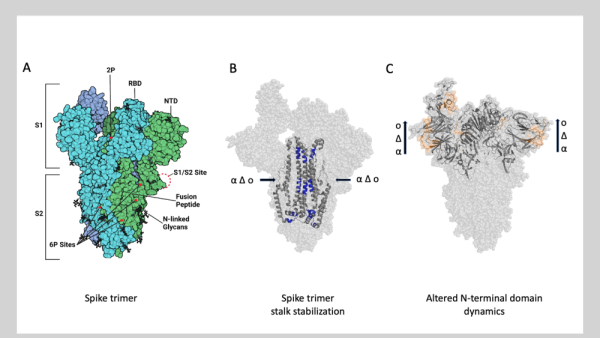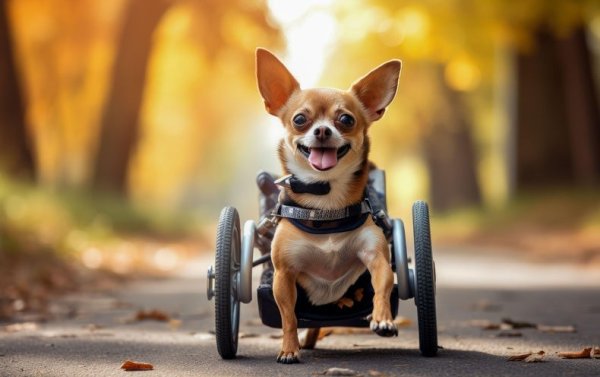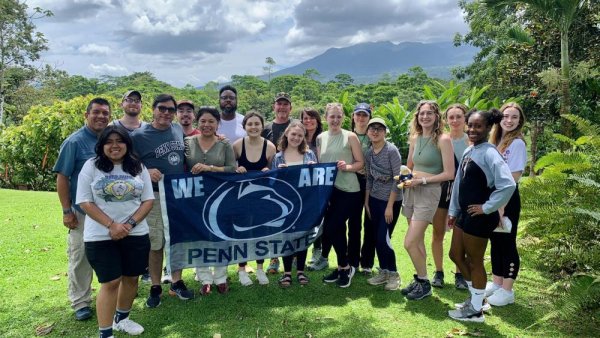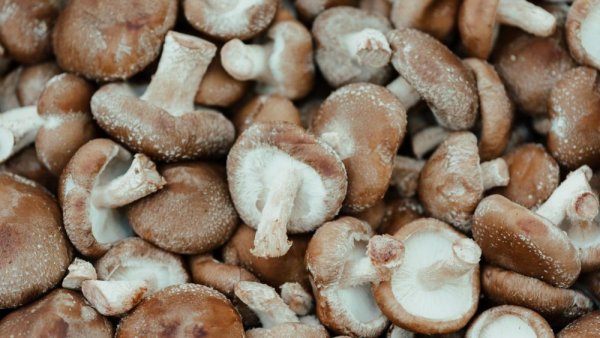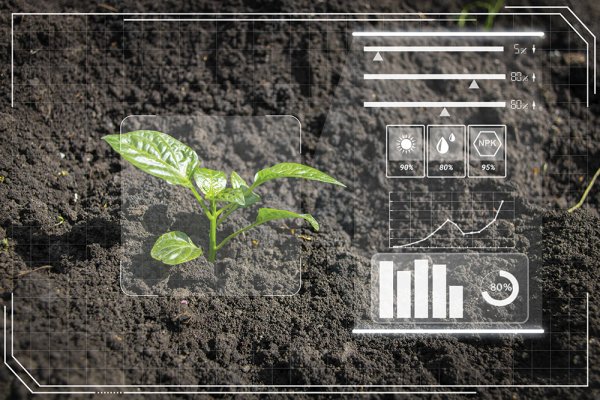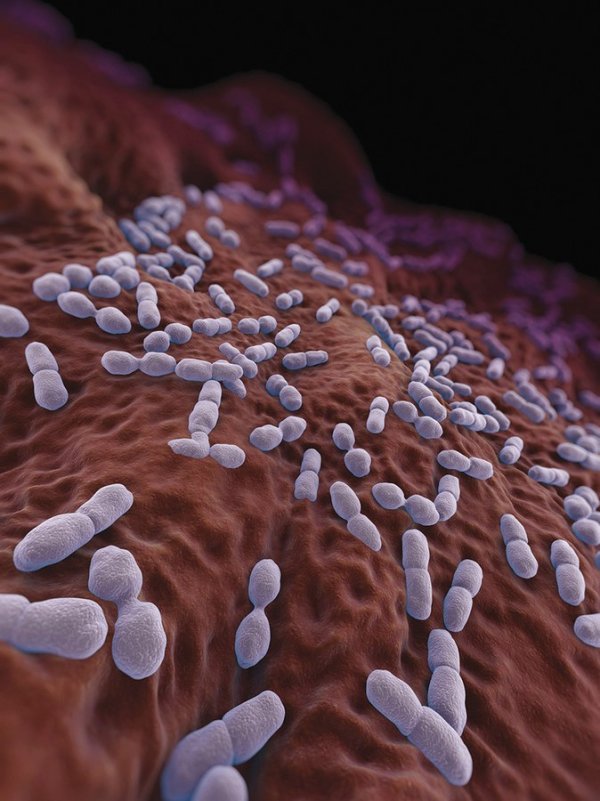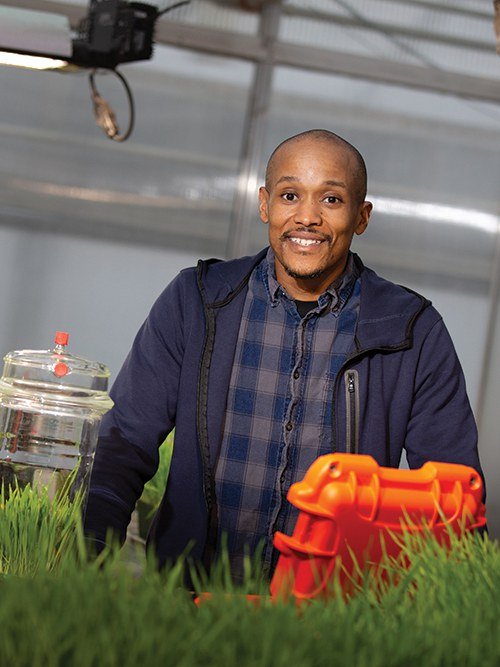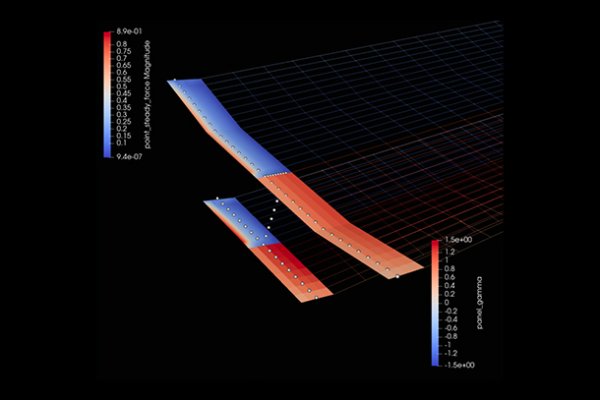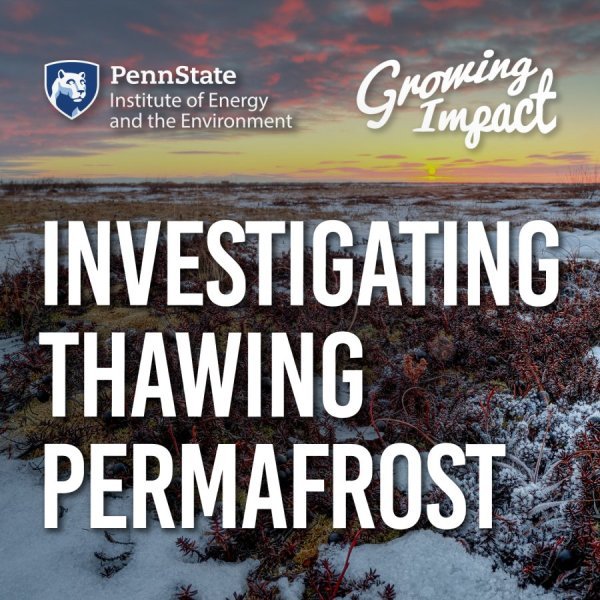Graduating seniors display architectural designs in gallery
| psu.edu
Graduating seniors in the architecture and sustainable design major at Pennsylvania College of Technology will be showcasing their capstone projects at The Gallery at Penn College from April 7 to 16.
A tighter core stabilizes SARS-CoV-2 spike protein in new emergent variants
| psu.edu
New research led by Penn State reveals that mutations in the stem of the SARS-CoV-2 spike protein led to the spike protein became progressively tighter over time, which may have improved the virus’ ability to transmit through nasal droplets and infect host cells once in the body.
Would you eat lab-grown peacock or crocodile? This company is betting on it
| fastcompany.com
Vow Food is confident it can convert people to kangaroo dumplings instead of lab-grown chicken nuggets. This article quotes Helene Hopfer, Rasmussen Career Development Professor in Food Science.
How to tell if a photo is an AI-generated fake
| scientificamerican.com
Artificial-intelligence-powered image-generating systems are making fake photographs so hard to detect that we need AI to catch them. This article quotes S. Shyam Sundar, James P. Jimirro Professor of Media Effects.
First-gen students explore Costa Rica through College of Ag Sciences course
| psu.edu
Studying abroad can be a transformative experience. However, first-generation college students may face additional challenges and feel that international experiences are out of their reach. A course in Penn State’s College of Agricultural Sciences was created to help first-gen students achieve their travel goals.
Food science professor elected fellow of the American Academy of Microbiology
| psu.edu
Ed Dudley, professor of food science at Penn State, recently was elected a fellow of the American Academy of Microbiology. Fellows of the academy are elected annually through a highly selective, peer-review process, based on their records of scientific achievement and original contributions that have advanced microbiology.
Is a little-known amino acid concentrated in mushrooms the key to healthy aging?
| psu.edu
Ergothioneine — or ERGO, an amino acid made primarily by fungi and found in high concentrations in mushrooms — may be a useful tool in fighting these conditions, according to a Penn State researcher.
Digging through the data: Personalizing the agricultural information stream
| agsci.psu.edu
Paul Esker, associate professor of epidemiology and field crop pathology, considers challenging questions in digital technologies for agriculture.
On the hunt: Novel approaches to food safety are rooted in the detection of foodborne pathogens
| agsci.psu.edu
One of the most important missions of Penn State's College of Agricultural Sciences always has been to make the food supply safer. Today, a cross-disciplinary team of faculty is conducting research to leverage high-technology approaches to reduce the incidence of foodborne illness.
Small but mighty: Employing the power of microbes for healthier crops
| agsci.psu.edu
Scientists in the College of Agricultural Sciences are exploring how plants interact with the world around them, discovering new interventions to make plants healthier and genetically stronger, to help provide a safe and nutritious food supply and to maintain a sustainable environment for future generations.
The future of farming: Harnessing emerging technologies for a new digital age
| agsci.psu.edu
Agriculture is transforming, and experts at Penn State Extension and researchers in the College of Agricultural Sciences are focusing on applying cutting-edge technology to traditional farming practices. The college's emerging and advanced technology initiative is designed to empower individuals, businesses and communities across the food system with innovative technology and connected digital infrastructure -- tools that can support data-driven decisions for efficiency, growth, sustainability, competitiveness and profitability.
Daning Huang awarded Army grant to lead multi-institute project on drones
| news.engr.psu.edu
Unlike birds and insects, most unmanned air vehicles (UAS) cannot adapt their structure to optimally perform multi-stage mission needs such as collapsing, dashing and loitering. While some next-generation aerial systems can move with dexterity and morph to adapt to the mission at hand, such flexibility is limited by how the structures and skins impact integrity, stability, flight dynamics and control. To help address this challenge, the U.S.


